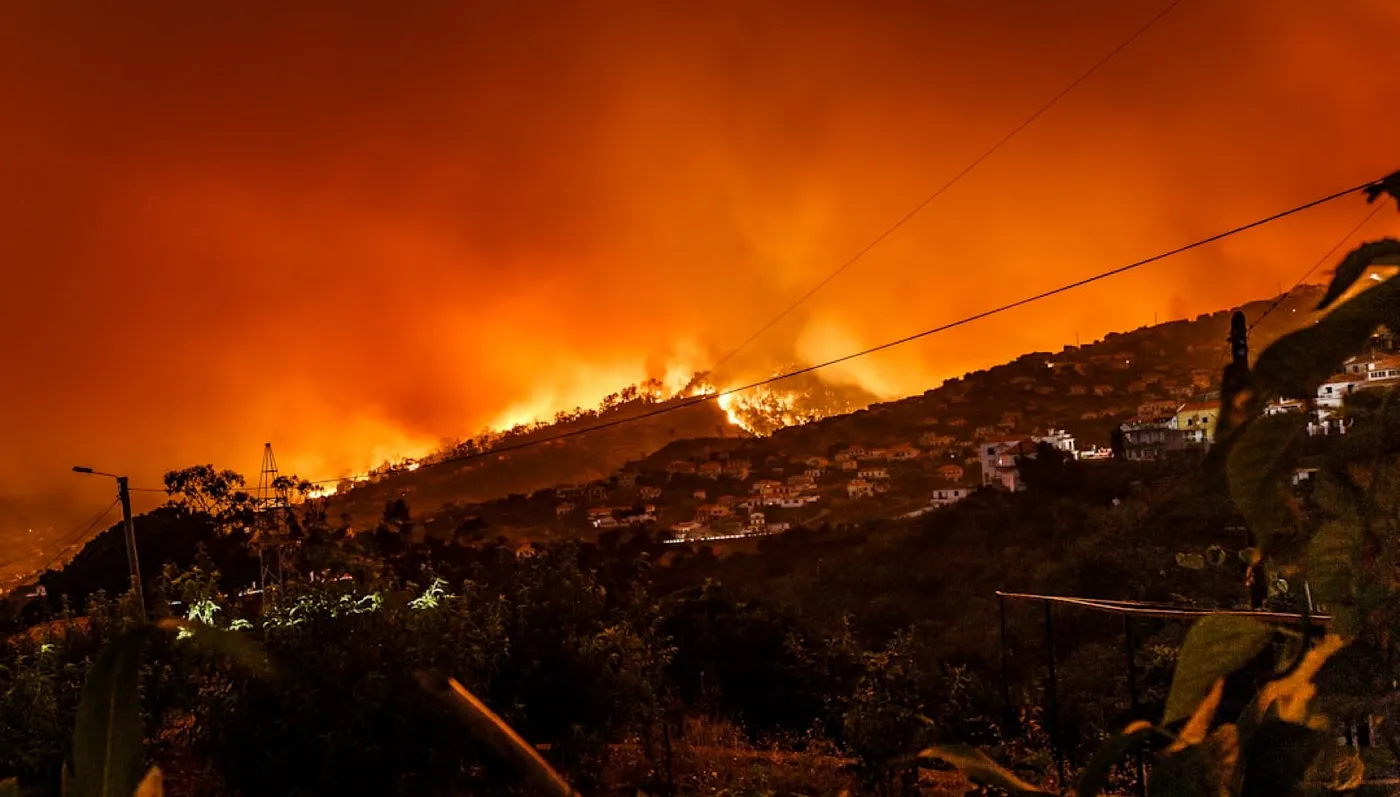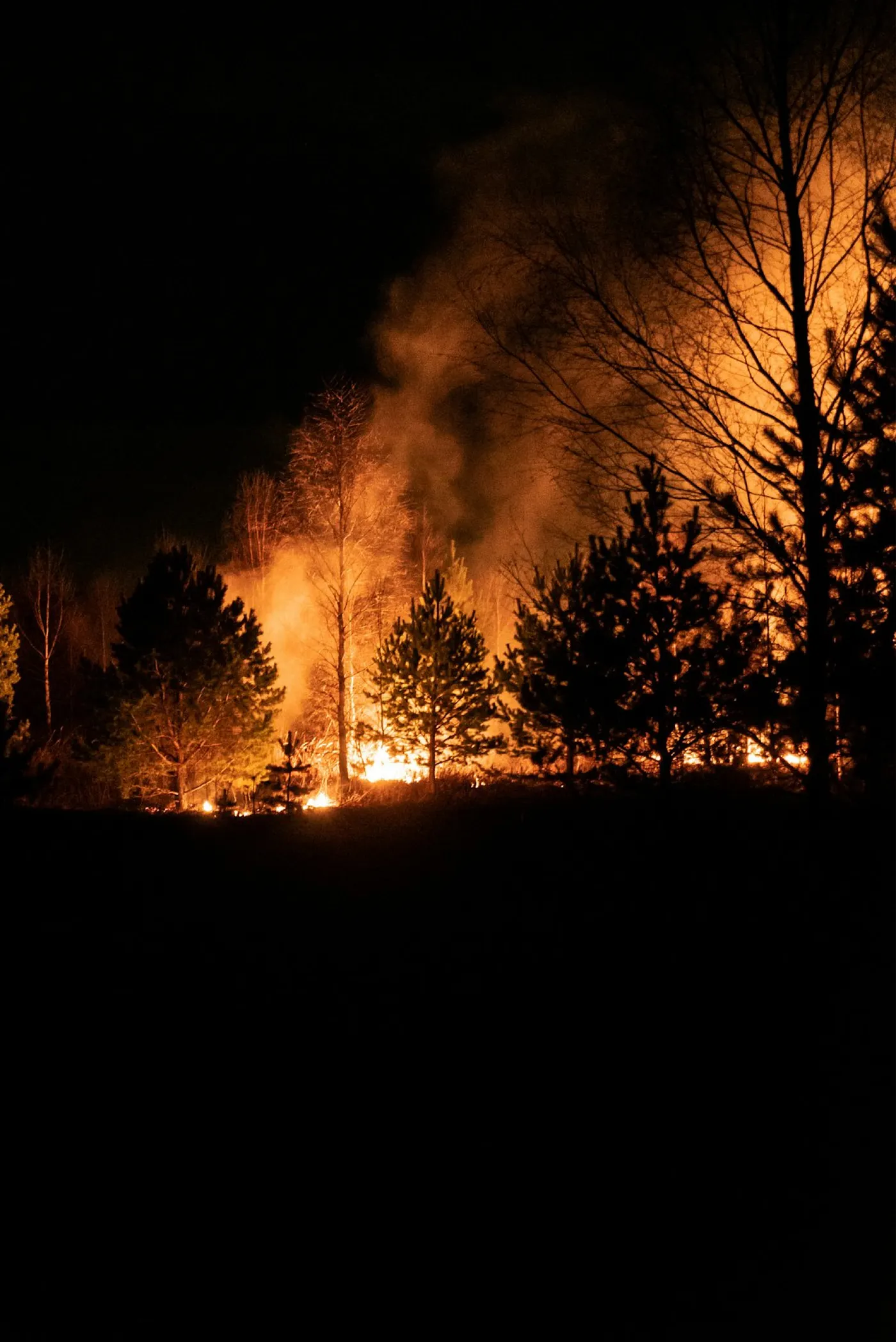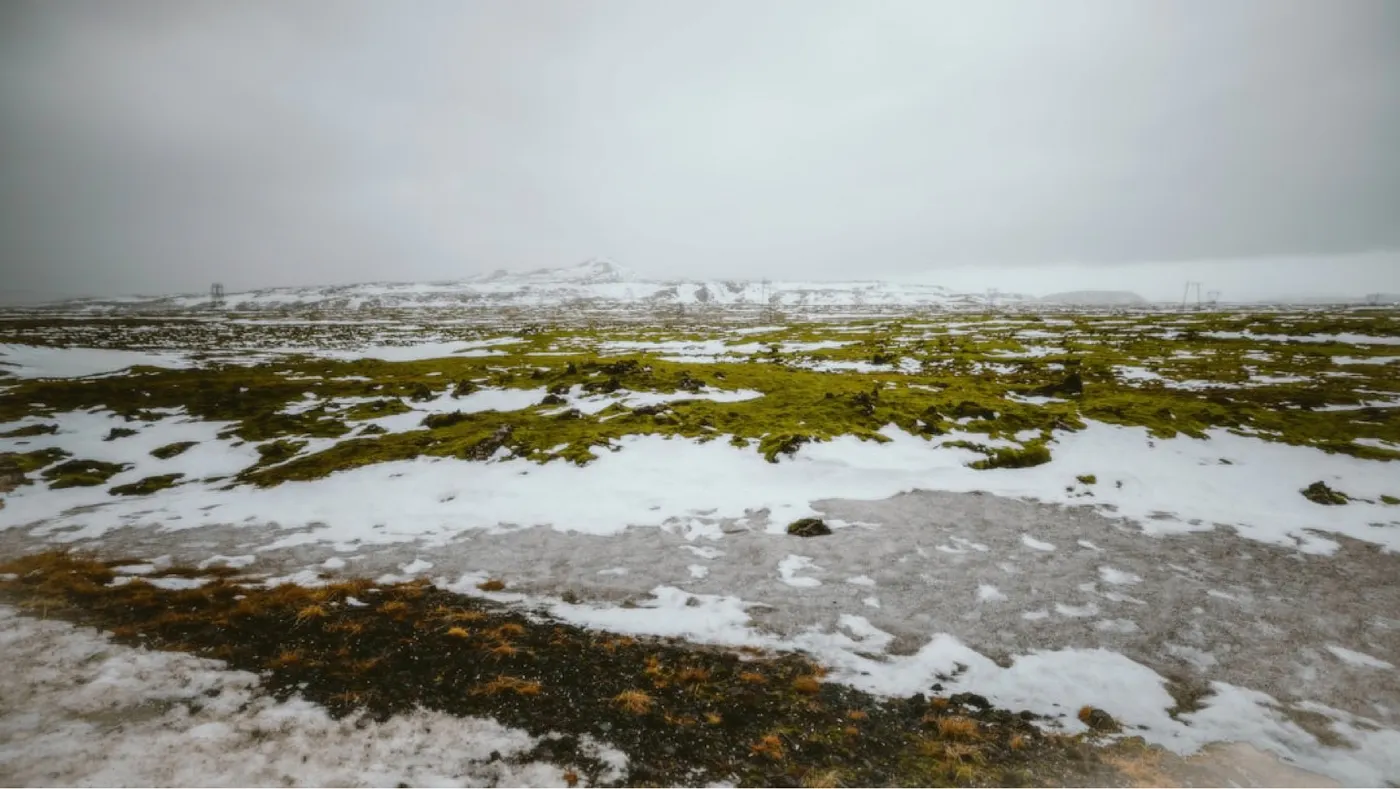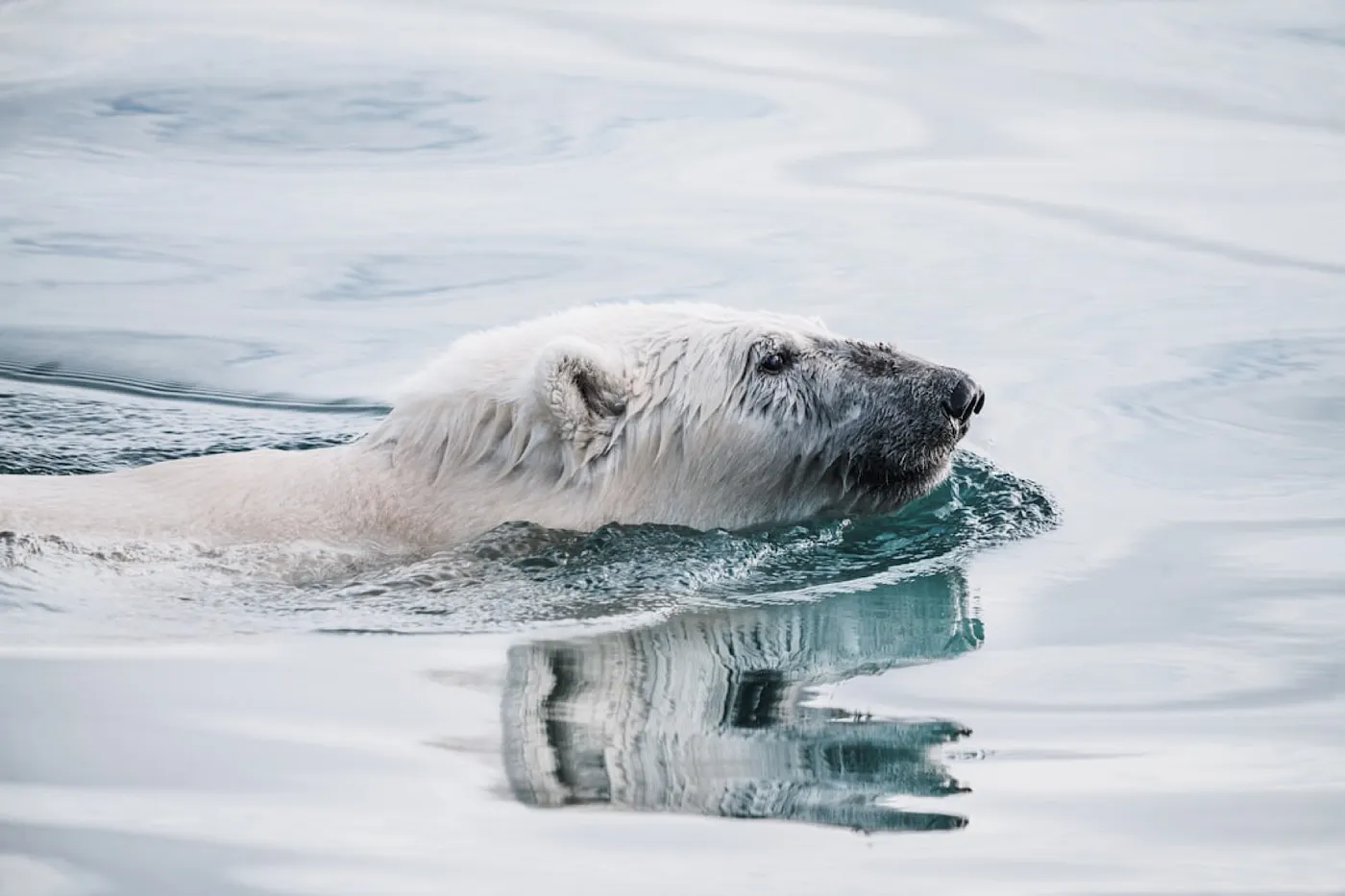Canada’s Climate Catastrophe: Wildfires, Melting Permafrost, and a Nation Under Siege
Read about how climate change and pollution is affecting Canada's ecosystems and why we need to take action!
Canada’s Climate Catastrophe: Wildfires, Melting Permafrost, and a Nation Under Siege

Canada, often viewed as a land of pristine wilderness and vast forests, is now facing a severe climate crisis marked by record-breaking wildfires, rapidly melting permafrost, and ecosystem collapse in its Arctic and boreal regions.
The Wildfires
In 2023 alone, the country endured its worst wildfire season in recorded history burning more than 18 million hectares of land, an area larger than Greece, releasing over 1.5 billion tons of CO₂ into the atmosphere. These fires are fueled by prolonged heatwaves, earlier snowmelt, and reduced humidity all symptoms of a warming climate that has caused Canada’s average temperature to rise at nearly twice the global rate.
The impacts are devastating: entire towns such as Lytton in British Columbia have been destroyed, thousands evacuated, and Indigenous communities displaced, often without sufficient support or infrastructure to recover.

Thawing Permafrost
Beyond the flames, another silent crisis is unfolding in Canada’s far north thawing permafrost. Once permanently frozen, this ground is now collapsing, cracking roads and homes, destabilizing buildings, and releasing vast quantities of methane, a greenhouse gas far more potent than carbon dioxide. Permafrost thaw is also destroying traditional hunting and travel routes used by Inuit and First Nations peoples, eroding cultural heritage and food security. Furthermore, the loss of ice roads and shortening of the winter season are cutting off remote northern communities from supplies and healthcare, leading to rising costs and worsening isolation. This feedback loop accelerates global warming, creating a cycle that threatens not only Canada’s environment but the global climate system.

The Effects
In parallel, polar bears, caribou, and other keystone Arctic species are seeing their habitats disappear, pushing ecosystems to the brink of collapse. Canada’s forests, once considered reliable carbon sinks, are now turning into net carbon sources due to fire, pest outbreaks, and drought stress.

The Future
While the government has pledged net-zero emissions by 2050, continued investments in oil sands extraction and pipeline infrastructure raise questions about its real climate priorities. Climate experts emphasize the need for stronger wildfire prevention strategies, Indigenous-led land stewardship, and immediate cuts in fossil fuel dependency.
The crisis in Canada is no longer confined to its wilderness; smoke from its wildfires choked cities in the United States and Europe in 2023, turning skies orange and triggering respiratory warnings. Canada’s climate breakdown is not a future scenario it is happening now, and the entire planet is feeling the consequences. If one of the wealthiest and most forest-rich nations on Earth is overwhelmed, what hope is there for more vulnerable countries? Canada must act not only to protect its people and ecosystems but also to fulfill its responsibility on the global climate Stage.
Resources:
Government of Canada — Wildfire Statistics and Climate Reports 2023
NASA Earth Observatory — Smoke and CO₂ Emissions Data
CBC News — Indigenous Communities and Climate Displacement
IPCC Special Report on the Ocean and Cryosphere in a Changing Climate (2019)
